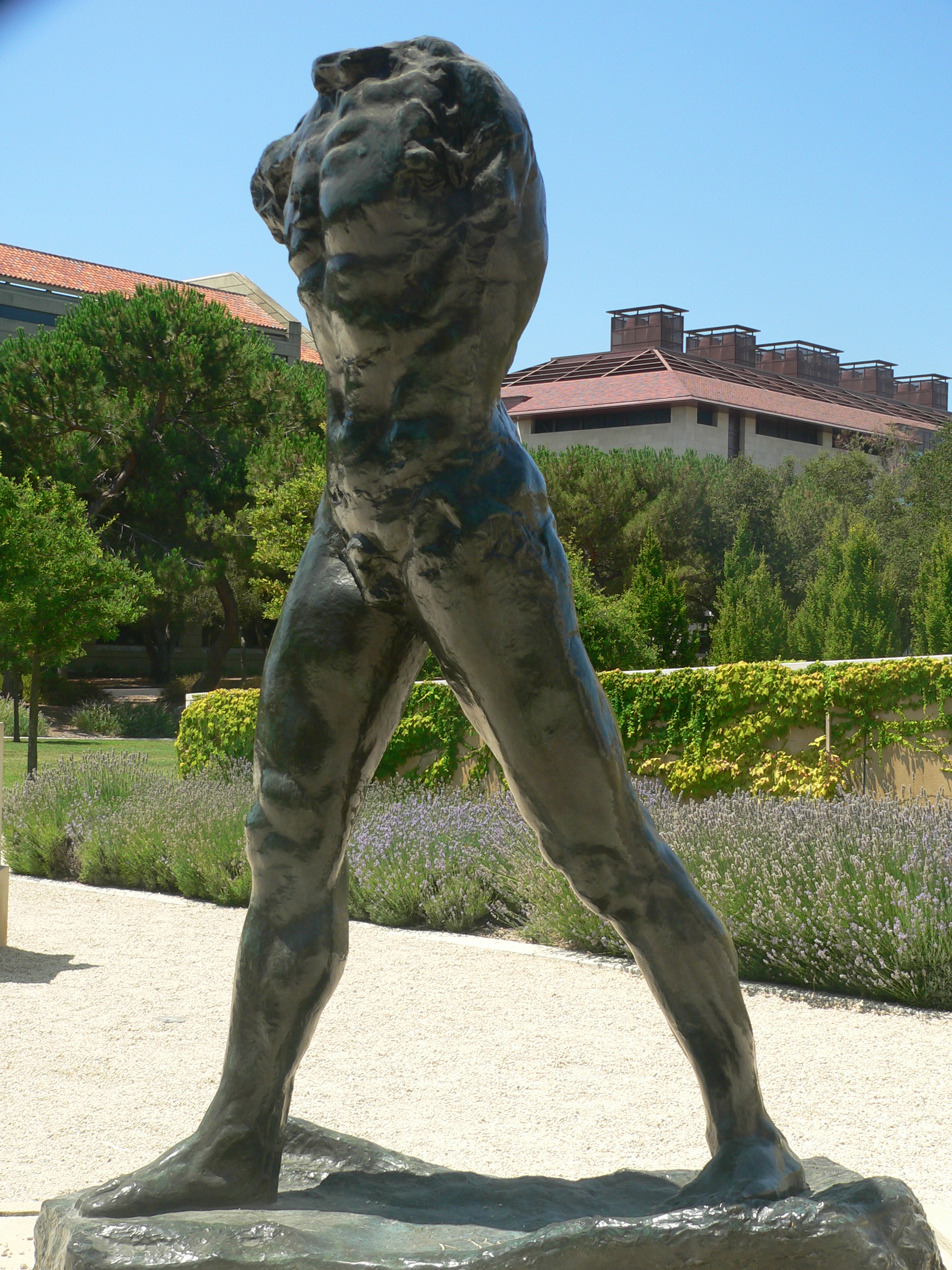Auguste Rodin's 172nd Birthday
Auguste Rodin - Wikipedia, the free encyclopedia: François-Auguste-René Rodin (12 November 1840 – 17 November 1917), known as Auguste Rodin, was a French sculptor. Although Rodin is generally considered the progenitor of modern sculpture, he did not set out to rebel against the past. He was schooled traditionally, took a craftsman-like approach to his work, and desired academic recognition, although he was never accepted into Paris's foremost school of art.
Sculpturally, Rodin possessed a unique ability to model a complex, turbulent, deeply pocketed surface in clay. Many of his most notable sculptures were roundly criticized during his lifetime. They clashed with the predominant figure sculpture tradition, in which works were decorative, formulaic, or highly thematic.
Rodin's most original work departed from traditional themes of mythology and allegory, modeled the human body with realism, and celebrated individual character and physicality. Rodin was sensitive to the controversy surrounding his work, but refused to change his style. Successive works brought increasing favor from the government and the artistic community.
From the unexpected realism of his first major figure – inspired by his 1875 trip to Italy – to the unconventional memorials whose commissions he later sought, Rodin's reputation grew, such that he became the preeminent French sculptor of his time. By 1900, he was a world-renowned artist. Wealthy private clients sought Rodin's work after his World's Fair exhibit, and he kept company with a variety of high-profile intellectuals and artists. He married his lifelong companion, Rose Beuret, in the last year of both their lives. His sculptures suffered a decline in popularity after his death in 1917, but within a few decades, his legacy solidified. Rodin remains one of the few sculptors widely known outside the visual arts community.
Rodin was born in 1840 into a working-class family in Paris, the second child of Marie Cheffer and Jean-Baptiste Rodin, who was a police department clerk. He was largely self-educated,[3] and began to draw at age ten. Between ages 14 and 17, Rodin attended the Petite École, a school specializing in art and mathematics, where he studied drawing and painting. His drawing teacher, Horace Lecoq de Boisbaudran, believed in first developing the personality of his students so that they observed with their own eyes and drew from their recollections. Rodin still expressed appreciation for his teacher much later in life.
Rodin's The Thinker
(1879–1889)
is among the most recognized works in all of sculpture.
St-John-the-Baptist-Preaching
A famous "fragment":
The sense of incompletion offered by some of his sculpture, such as The Walking Man, influenced the increasingly abstract sculptural forms of the 20th century.
The Shade,
Atlanta
Rodin willed to the French state his studio and the right to make casts from his plasters. Because he encouraged the edition of his sculpted work, Rodin's sculptures are represented in many public and private collections.
The relative ease of making reproductions has also encouraged many forgeries: a survey of expert opinion placed Rodin in the top ten most-faked artists.[69] Rodin fought against forgeries of his works as early as 1901, and since his death, many cases of organized, large-scale forgeries have been revealed.
To deal with the complexity of bronze reproduction, France has promulgated several laws since 1956 which limit reproduction to twelve casts – the maximum number that can be made from an artist's plasters and still be considered his work. As a result of this limit, The Burghers of Calais, for example, is found in fourteen cities.







No comments:
Post a Comment